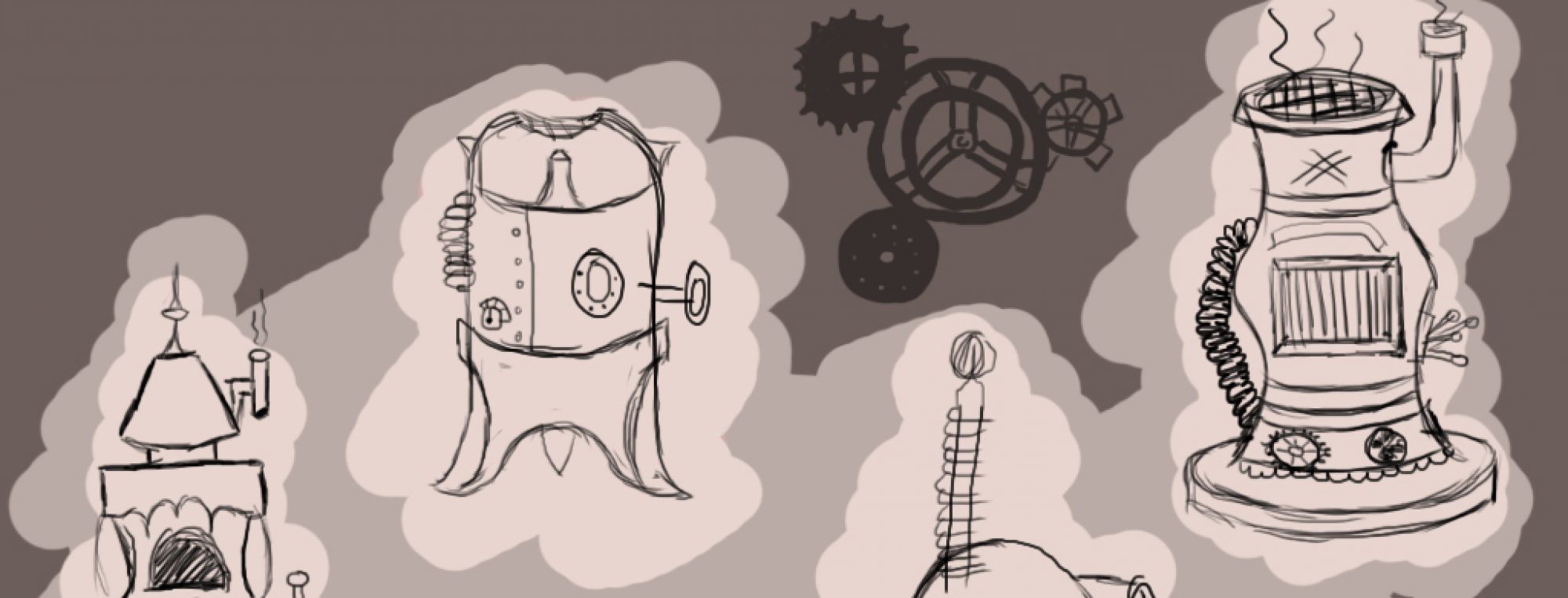I’m not going to lie, I think progress has been a bit slow in the group lately. While I know it won’t stay this way for long, it seems like everyone’s motivation has just left lately. Chloe seems to be have working non-stop though and we’re all super proud of her (and are just as ever envious of her amazing artwork). Even still, there’s still plently to mention for this week as a whole.
Starting with Trello, it seems to have turned into the platform we use for generic tasks rather than each asset we have to do individually.

Ignoring the first note on the left hand column which was made before we knew you can’t delete stickers, the rest of the tasks are neatly organised (thanks to Rachael) and have been assigned to different people/catergories where applicable. Most of these tasks aren’t for anybody in particular and are either deadlines or reminders, for example, the next deadline for us is the progress crit on the 16th of April, which is in it’s own little section in the second column.
Like I said, we don’t really use this anymore other than for generic tasks or for reminding ourselves of deadlines. It’s good for people who want to add notes on the left with any questions they have and can’t reach anybody on any social media we all have, but even still, we have our own Discord group for that now. We use it as much as we feel like it is necessary, and it works more for some than what it does others, but most of us just leave it open when doing work just on the off chance that someone adds notes/new tasks.
We finally got our style guide, too! This means that we’re all able to start producing some final products, which is great because we’ve been waiting for this for ages as it’s all been really up in the air as to who’s art style we’re copying. As Chloe’s art style seems to be more realistic, Ebonny has instructed that we use Chloe’s techniques when creating our artwork. This includes adding visible brush strokes to make it seem more traditional as well as adding blur and focus to separate the background from the foreground a little more.
Scrums have been up to date so far, with a frequent scrum meeting at the start of Rachel’s Monday lesson every week. Depending on who’s the scrum master of the week depends on who is taking down the notes, but I think we’ve done a full rotation now. Nothing much has changed from the last week as everyone must be just trying to get large chunks of work out of the way before designing layout for the artbook or beginning the animation.








